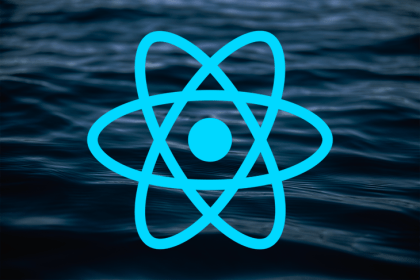
Even though React Hooks components have been around for a few years now, there are still some common mistakes that we can learn to avoid.
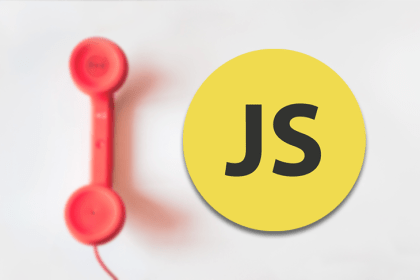
We tackle the infamous scenario where two tricky JS concepts work hand in hand to frustrate the unsuspecting programmer: this and callbacks.
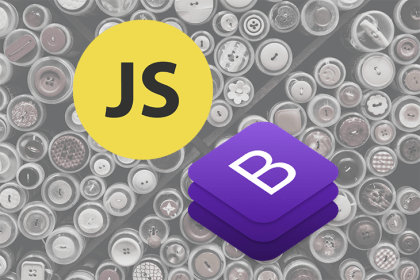
Find out how to use Bootstrap’s custom JavaScript interface to implement interactive, custom components for web applications.

Here, you can learn the basics of setting up and configuring Cloud Firestore in AdonisJs for CRUD requests.
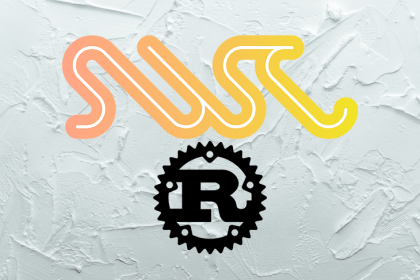
spack bundler in Rustspack is a JavaScript bundler written in Rust that supports transpiling through swc-project. Learn how to use spack to speed up JS builds.
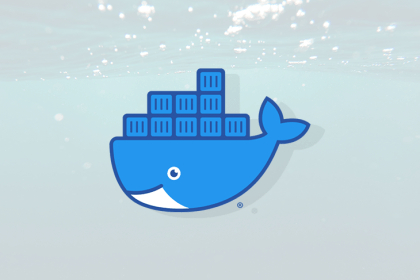
In this post, we’ll create a Dockerfile in order to containerize a Django app and we”ll set up docker-compose through a docker-compose.yml file.

Using Chrome DevTools and CSS Grid, learn how to discover grids in a page, inspect page layout, and debug common layout issues.
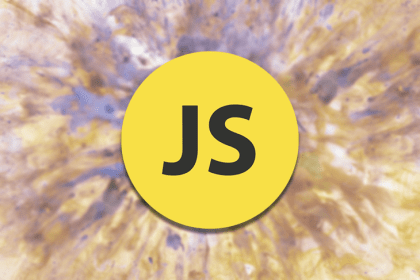
Record and Tuple proposal: An overviewIn this overview of the JavaScript Record and Tuple proposal, you can learn some basic use cases and how to use them.

We demonstrate how to get Tailwind CSS working inside a CRA-based React project without having to eject Create React App.

Learn how to create, validate, and utilize inputs from a form in a Vue.js x2 application.
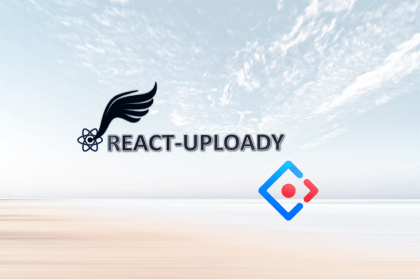
Make it easy for your users to upload files to your site by building a file upload component with react-uploady and Ant Design.

Selenium tests are insanely challenging to write and often hard to maintain. Enter: Cypress.io.